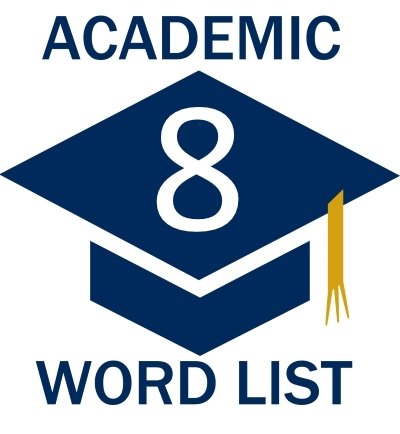How To Write IELTS Task 1

What am I supposed to write about?
When looking at the IELTS Writing Task 1 this is a common question. What do all those bars, graphs, charts, and tables mean? And even if you do understand the illustration, what are you supposed to write about? How do you describe and report the information much less “compare and contrast it” as the directions often indicate.
While IELTS Writing Task 1 is the shorter task at about 150 words and worth only 1/3 of your IELTS Writing score, it is the cause of great consternation by those who have to take the exam. But with the right strategy and some practice, you should be able to tackle Task 1 with confidence. Here are some simple steps that can be used to formulate and write your Task One response. Remember that this task is designed to test your ability to describe, compare and contrast with your writing. So:
 Step 1 – Read the instructions carefully.
Step 1 – Read the instructions carefully.
This sounds like a no-brainer but reading the instructions and the rubric will tell you exactly what you need to do to complete the task. This is necessary in order to score well on your “task response” part of the writing exam.
 Step 2 – Observe Significant and Important Information.
Step 2 – Observe Significant and Important Information.
Identify and make notes about important information which includes things like:
- What is the title of the chart/illustration?
- What are the measurable values? (time elements such as years, months, etc; percentages, thousands, 100 thousands.)
- What are the noticeable trends?
- What are the prominent or features of the illustration. These often are high points and low points, sharp contrasts and other things that ‘stand out’.
There is a great example of this at www.ieltstips.com (http://www.ieltstips.com/ielts/ielts_writing_test/task_1:_understanding_what_you_are_writing_about.html)
 Step 3 – Write Your Introduction.
Step 3 – Write Your Introduction.
The introduction is important and sets the standard for your task. A good introduction will summarize the main point of the illustration giving essential detail such as dates, times, geographical areas and objects being measured and how they are measured.
Remember – Do not copy any words from the IELTS Question itself. You must use synonyms and paraphrase the concept.
 Step 4 – Summarize the Main Features or Trends.
Step 4 – Summarize the Main Features or Trends.
In one or two sentences state, in broad and general terms, what the illustration depicts. Describe what is happening overall, no need to give specifics here, use these trends as the structure for the rest of your essay.
 Step 5 – Give the Details of the Illustration.
Step 5 – Give the Details of the Illustration.
Use the data given in the chart and group the data together based on similar patterns. You only have 150 words so you don’t need to specifically describe every aspect of the diagram. Often the rubric will ask for comparisons and contrasts, you can do this by identifying the similarities and differences of the data. You can use this break down of information to create to contrasting paragraphs.
 Step 6 (optional) – Summarize the Information.
Step 6 (optional) – Summarize the Information.
It’s important to keep in mind that you do not interpret the information, only describe it. This summary is optional because it would look very similar to the overview you gave in step 4.
This is a general overview of how a person can approach the IELTS Task 1 Writing with a good idea of what to do and what to write about. Check out some of our other writing samples to see these steps applied to specific writing tasks.
If you need specific help or feedback checkout our IELTS Course.
Related Articles
IELTS Academic Writing Task 1 Sample 1

IELTS Academic Writing Task 1 Sample 2
Category List
English (3)
Grammar (5)
Writing (1)
IELTS & TOEFL (23)
Listening (4)
Pronunciation (6)
Interview & Group Discussion (2)
Vocab Display Page (6)
Speaking (10)
From the Blog
-

IELTS Listening Resources
19 Jun, 2018| by adminGet tips, hints and suggestions plus lots of practice for the IELTS Listening Exam. Practice online or download the material so …
-

IELTS Speaking Resources
17 Jun, 2018| by adminFind our more about the speaking section of the IELTS Exam and get practical help learning how to answer common questions and to…
-

Academic Word List
16 Jun, 2018| by adminView, download and study the AWL or Academic Word List which includes nearly 600 of the most used words in Academic settings. A …




